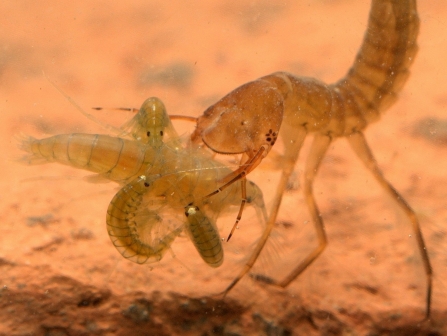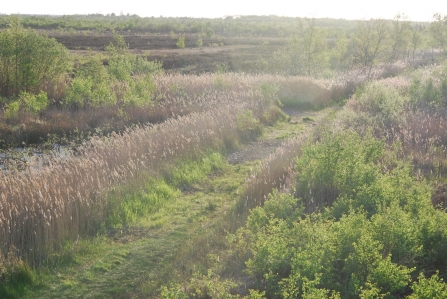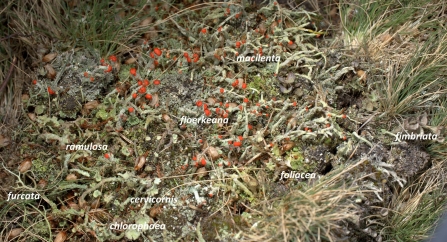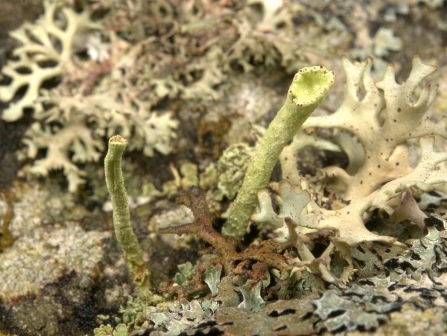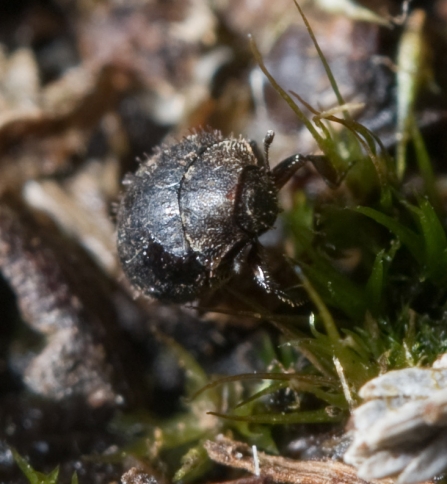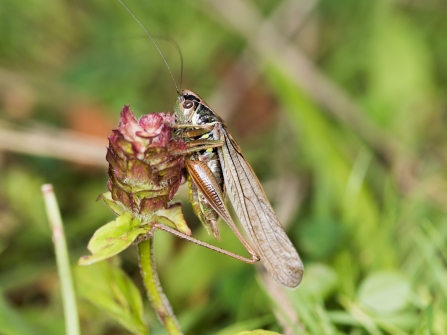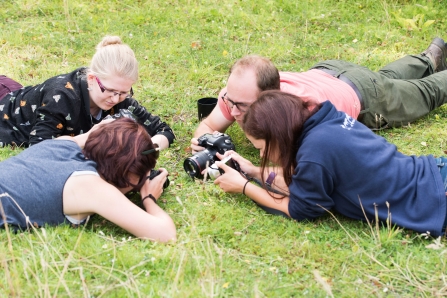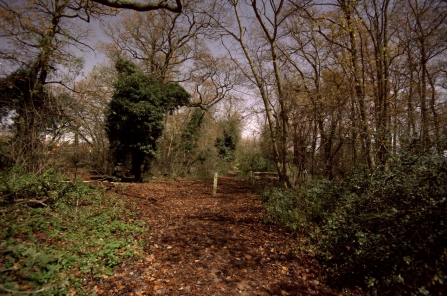This September marks my 21st anniversary of joining the staff of the Wildlife Trust, having volunteered for the Trust for a decade before that. So, it seems a good time to reflect on what we’ve achieved, what remains to be done, and why it’s still the best job I can imagine.
I’ve been fascinated, maybe obsessed, with wildlife for as long as I can remember. I caught my first Great Diving Beetle when I was about 7, learnt my first scientific name - Dytiscus marginalis - and I’ve loved pond-dipping ever since. It’s not just for kids – an understanding of water beetles, water bugs and pondsnails can help us manage our wetland nature reserves better.


